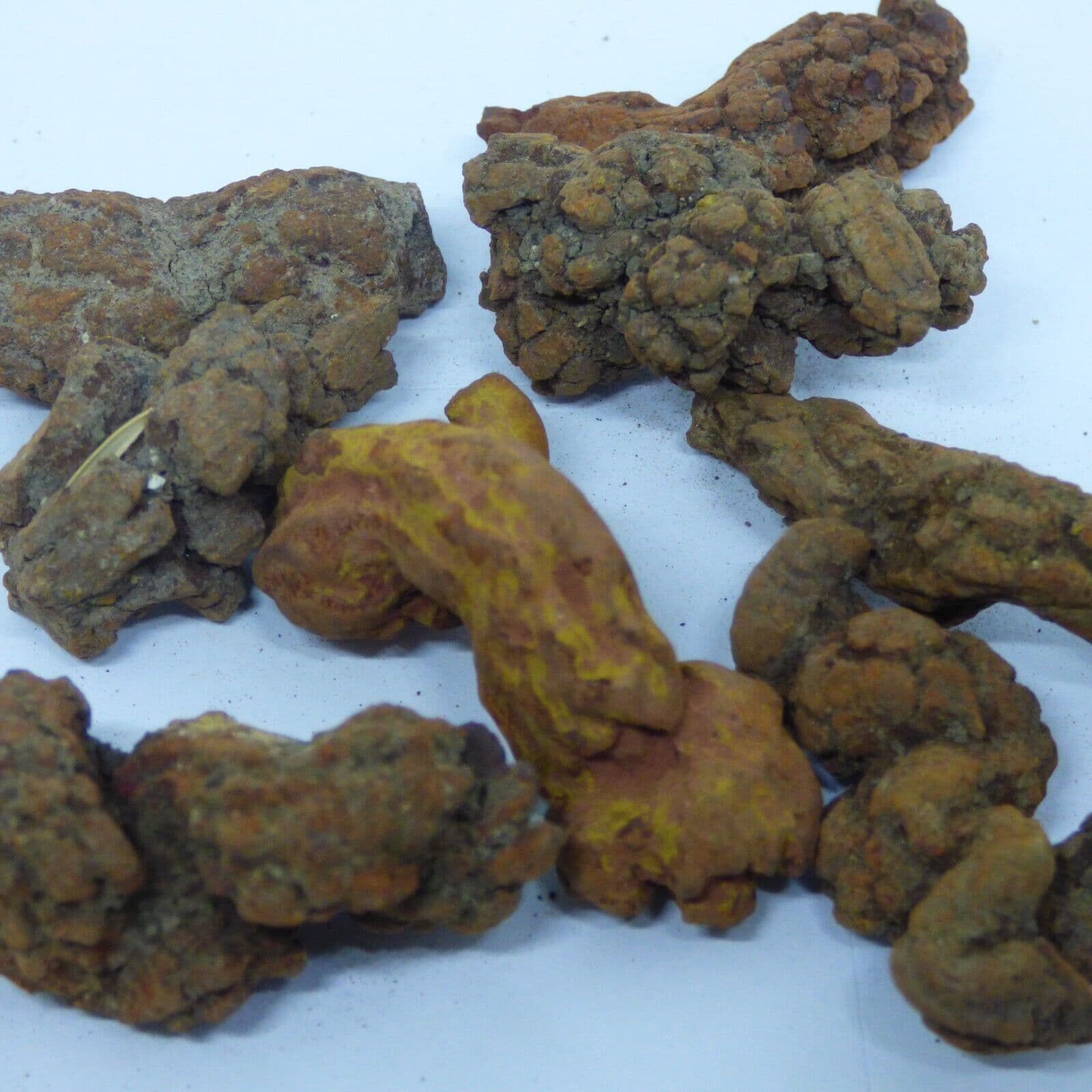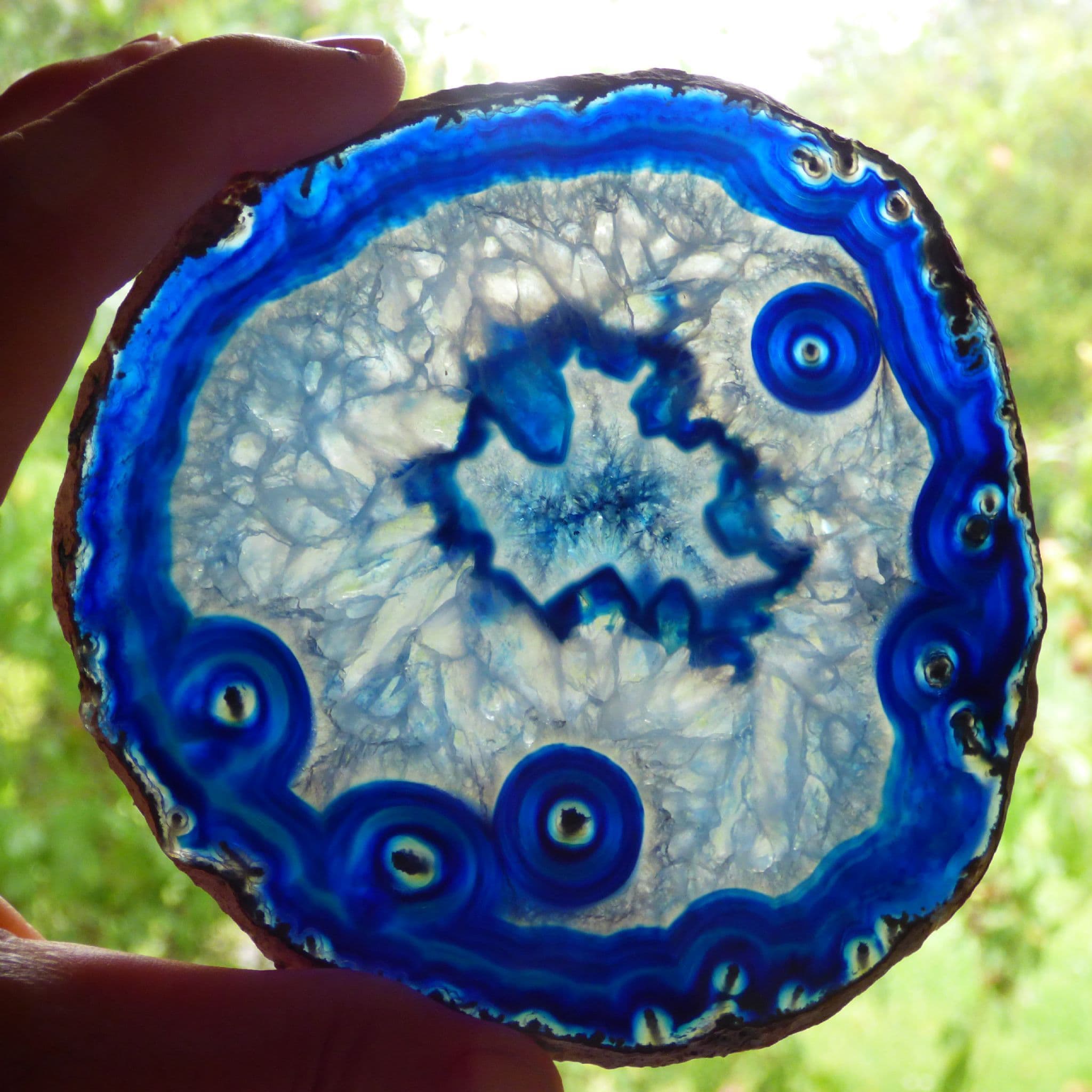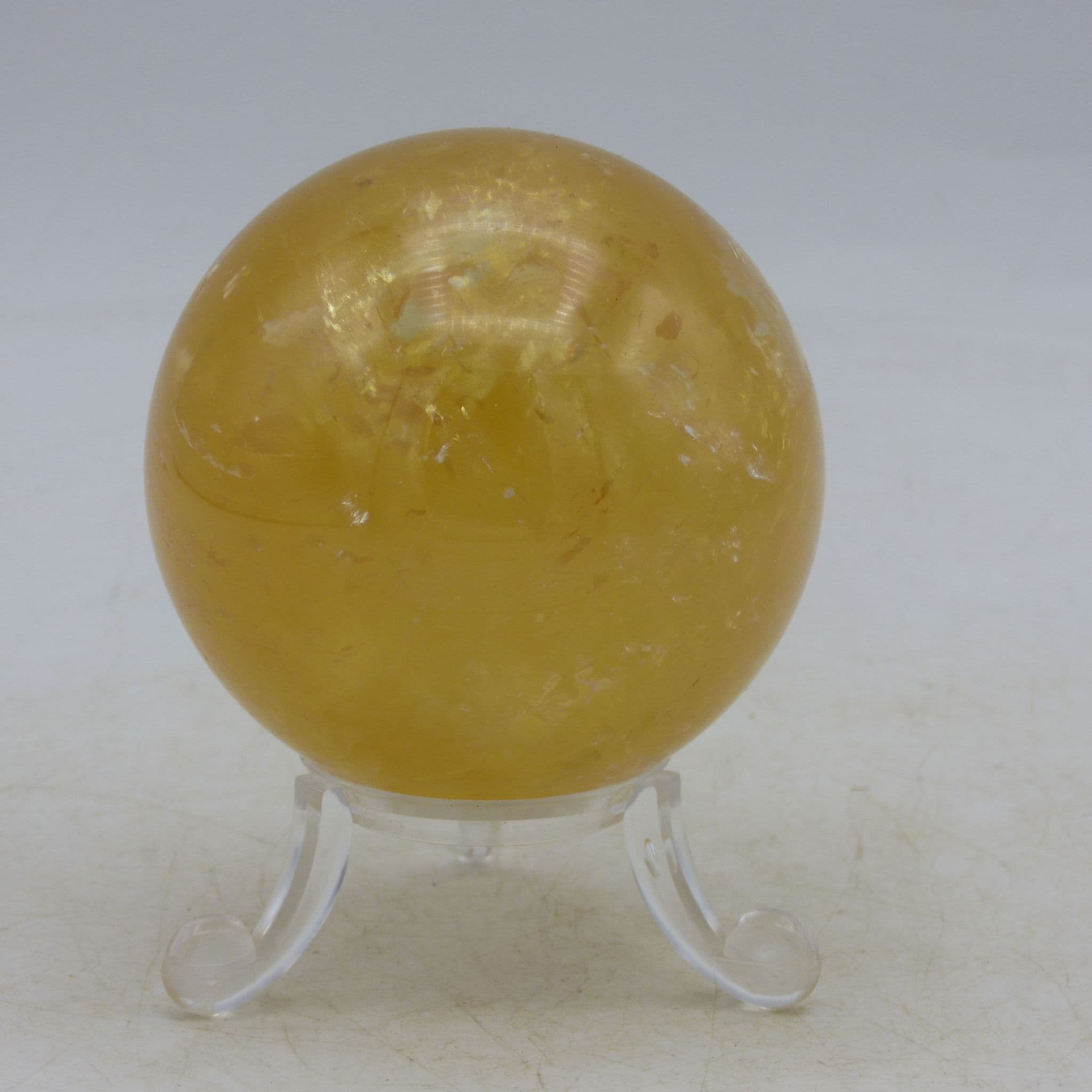Fossil Ammonite Chondroceras Milbourne Wick Dorset UK
Guarantee Safe Checkout

Fossil Ammonite Chondroceras Milbourne Wick Dorset UK
Fossil Ammonite Chondroceras Milbourne Wick Dorset UK
Date: Jurassic
Provenance: Middle Wick Dorset UK
Size: Matrix 9.5 x 8.7 cm Ammonite itself 3.8 x 3.4 cm 551 gm
Condition: Good preservation and detail. code 1016
Ammonites were fascinating marine mollusks that lived in ancient seas from the Devonian period to the end of the Cretaceous period, approximately 415 to 66 million years ago. These creatures were characterized by their distinctive coiled shells, which resembled tightly wound spirals or nautilus shells. Ammonite shells were composed of aragonite, a form of calcium carbonate, and featured intricate patterns of ridges and sutures, which are the lines where the shell segments joined.
Ammonites inhabited oceans worldwide and exhibited a remarkable diversity in size, shape, and ornamentation. Some species grew to be mere centimetres in diameter, while others reached sizes exceeding several feet. Their shells were buoyant, enabling them to regulate their position in the water column, and they likely preyed on small marine organisms using their tentacles and sharp beaks.
Due to their abundance and widespread distribution, ammonite fossils are found in sedimentary rock formations all over the world. These fossils provide valuable insights into ancient marine ecosystems, paleogeography, and evolutionary history. By studying the size, shape, and ornamentation of ammonite shells, scientists can infer information about environmental conditions, such as water depth, temperature, and salinity, as well as patterns of species diversification and extinction.
Ammonites are iconic symbols of the prehistoric world and hold a special fascination for collectors, paleontologists, and enthusiasts alike. Their beautifully preserved shells, with their intricate patterns and striking colours, make them prized possessions among fossil collectors and serve as enduring reminders of Earth's ancient past.




































